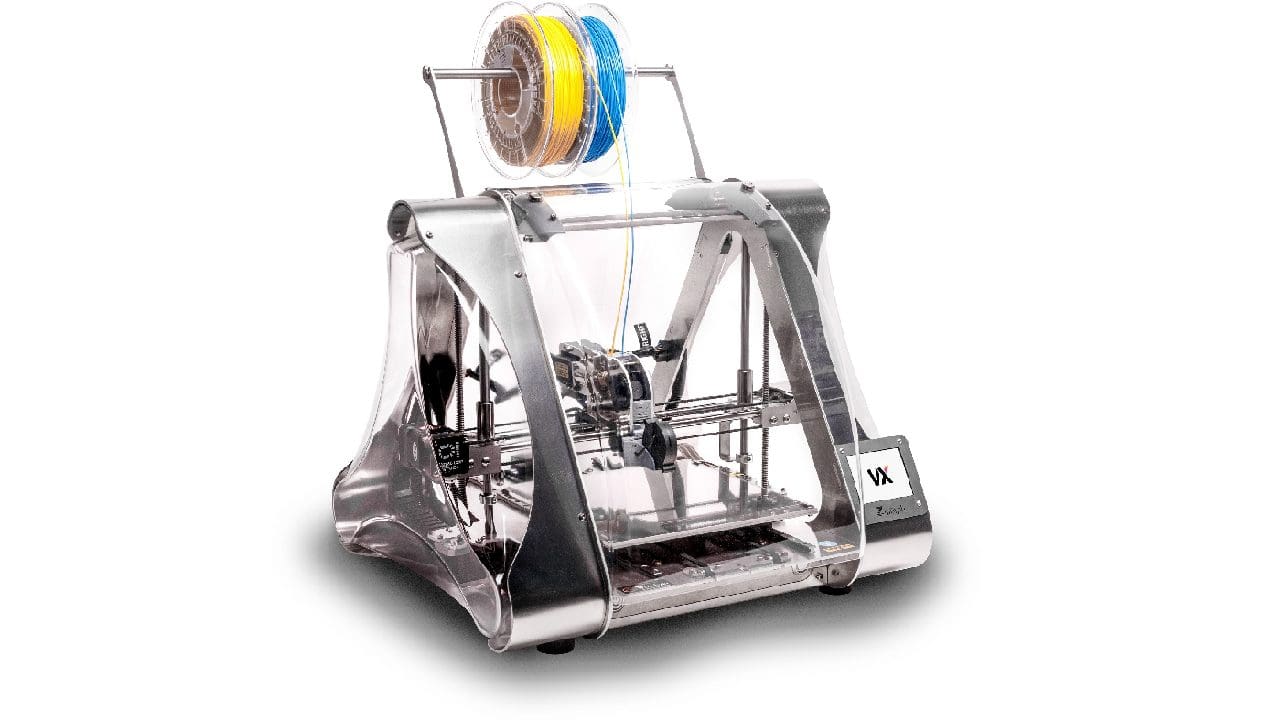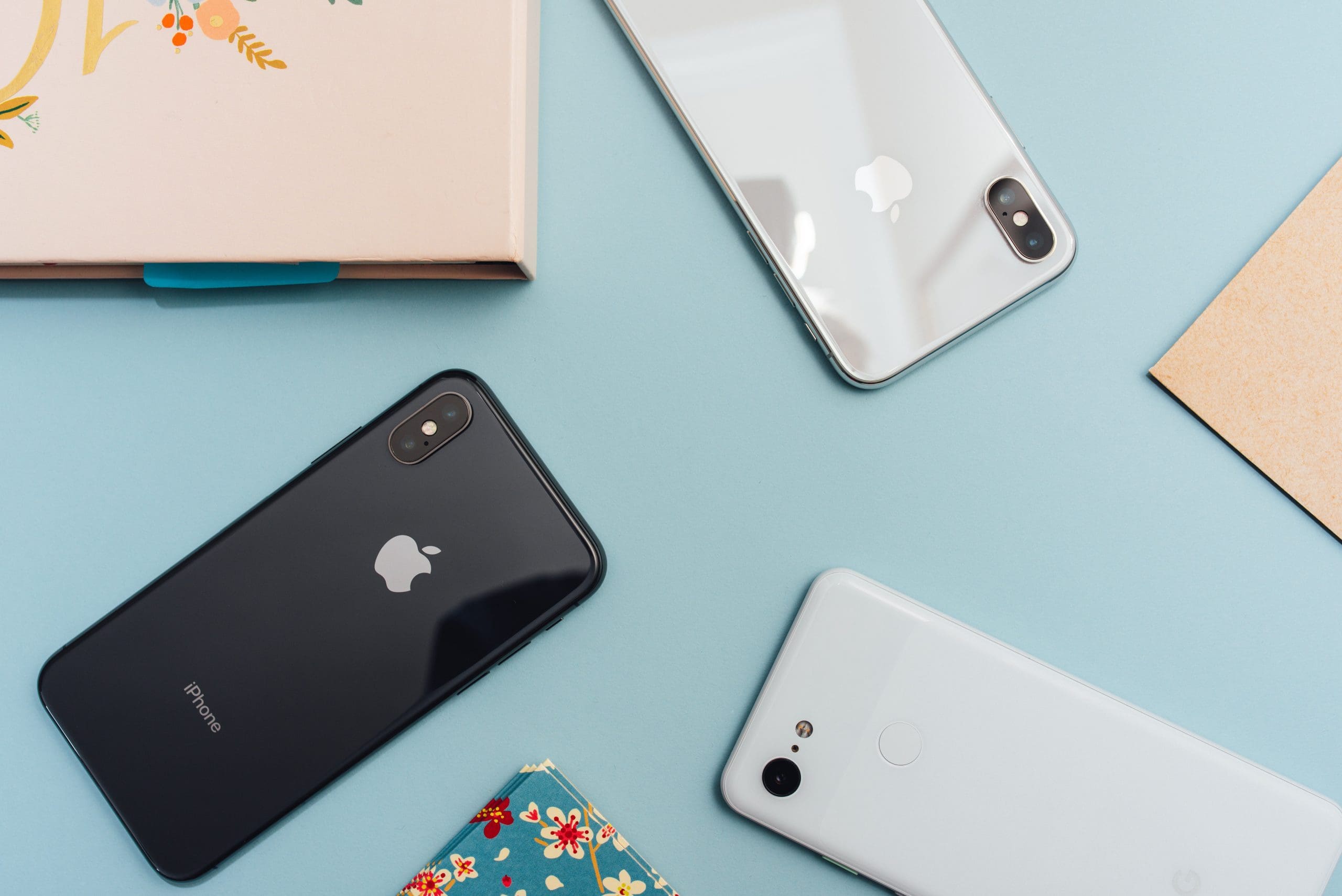3D printing relies upon building one layer of a print on top of another. A cornerstone of this process is the printer knowing exactly where the entirety of the currently printed model is. While this probably could be achieved with a complex system of cameras or LIDAR, it’s much easier and cheaper to ensure it stays in the same place. Unfortunately, prints not sticking to the print bed are a relatively common issue that affects everyone at some point.
Tips for Getting Your Prints to Stick to the Print Bed
If your print won’t stick to the print bed, one of the most common improvements you can make is to add texture to the print bed. The added texture increases the surface area making it easier for the print to stay stuck in place. Frosted glass is a common choice for a textured surface. However, you can also just run fine-grit sandpaper over smooth glass to get a similar effect.
Many makers choose to add a thin layer of stick glue to the print bed while others add painter’s tape or use a specific PEI surface. Each of these options has its place. It should be noted that some of them can’t be heated. And so won’t work with materials that need a heated print bed.
Again, leveling the print bed can be a helpful step, especially if you’ve changed the build surface. Or it’s just been a long time since you’ve leveled the print bed. This makes sure that no part of the print is higher or lower than expected.
Keep It Clean
Regularly cleaning your print bed is also a great idea. This is especially important if you apply things like glue to the print bed. Simple oils and grease from fingerprints, combined with remnants of glue and past prints, can negatively affect adhesion. Be extra careful when cleaning print beds that can’t be removed from the printer.
If you’re really struggling with adhesion issues, then you might want to try using a raft or a brim. A raft is a sheet of printed filament that covers a much wider surface area than the model would have on its own. The model is then built directly on top of the raft.
A brim is a similar concept but instead of having the model printed on top of it a brim only touches the model’s base, which remains at its normal height. Brims are generally more popular as they require less material and because they are easier to remove.
Using these tips together should be enough to be able to get even the most frustrating model to stick during the printing process. If you’ve got any other print bed adhesion tips to share, let us know them below.




